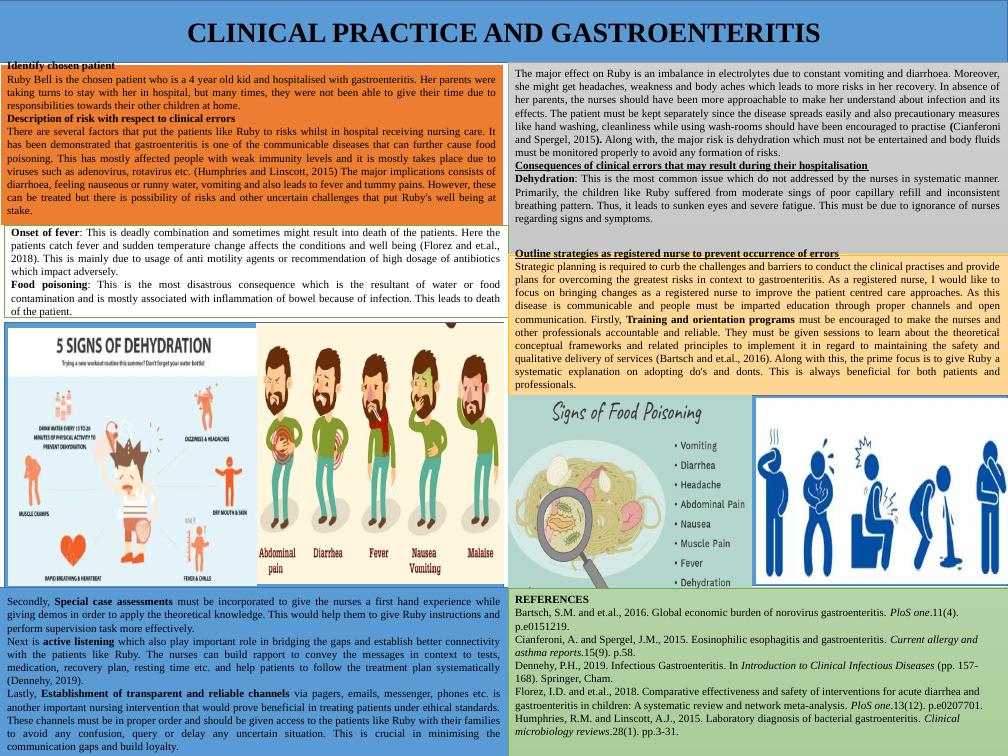Clinical Practice and Gastroenteritis
1 Pages972 Words46 Views
Added on 2023-02-01
About This Document
This presentation discusses the risks and consequences of gastroenteritis in clinical practice, focusing on a case study of a 4-year-old patient named Ruby. It highlights the importance of preventing clinical errors and outlines strategies for improving patient care. The presentation also provides references for further reading on the topic. Find study material and assignments on clinical practice and gastroenteritis at Desklib.
Clinical Practice and Gastroenteritis
Added on 2023-02-01
ShareRelated Documents
End of preview
Want to access all the pages? Upload your documents or become a member.
E-Poster
|1
|495
|64
Importance of Patient Safety in Healthcare
|10
|1754
|36
Communication and Patient Safety in the Healthcare System
|11
|1781
|257
Norovirus Infection Control and Prevention in Residential Aged Care Facilities
|10
|2785
|404
Neonate and Pediatric Presentation Question Answer 2022
|7
|1638
|13
Food Safety Management
|22
|1025
|35

